NASCAR Is Sending a Stock Car to Le Mans, But Not for the First Time
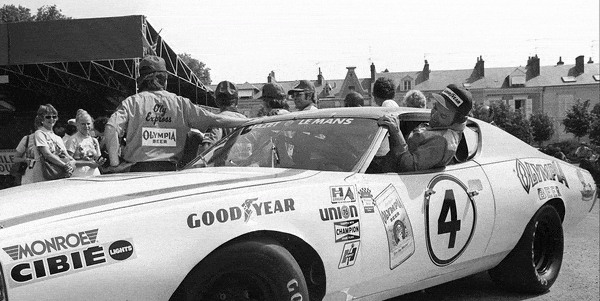
One of Martini Racing’s factory Porsche 936s driven by Jacky Ickx and Gijs van Lennep won the 24 Hours of Le Mans in 1976. It was a rough race, one of the hottest on record, and Ickx struggled to keep the throttle down as his feet burned and blistered in the pedal box. That’s a good story, but with all due respect to Ickx, a better story was happening behind him. Way behind.
This story originally appeared in Volume 16 of Road & Track.
The day before, just off the starting line, table-tailed Lolas and swole-fendered Porsches revved and darted into the first turn. In the back, as menacing as a tornado cutting across a prairie, came two cars of a sort that the French had never seen. Straight piped and V-8 powered, the Dodge and Ford stock cars plowed past Datsuns and BMWs at 200 mph. Both cars were doomed, but in their initial laps, they branded themselves on French memory and Le Mans history. Sometimes you don’t have to win; it’s enough to be big and loud.
NASCAR’s appearance on the Mulsanne was part birthday celebration, part desperation. In 1975, lingering effects of the oil embargo were impacting racing entries, especially in sports-car races like the 24 Hours of Daytona and even the venerable all-nighter at Le Mans. Conversations between the Automobile Club de l’Ouest (ACO) and NASCAR’s generational duo of Bill France Sr. and Jr. led to Le Mans offering a couple of competition spots to teams in NASCAR and IMSA. The coalition hoped to bring a wider audience to both series while also filling the grid at Le Mans. The plan overlapped nicely with the United States bicentennial in 1976, and the Frances kicked it off in January by creating a Grand International class for NASCAR-type stock cars in the 24 Hours of Daytona.
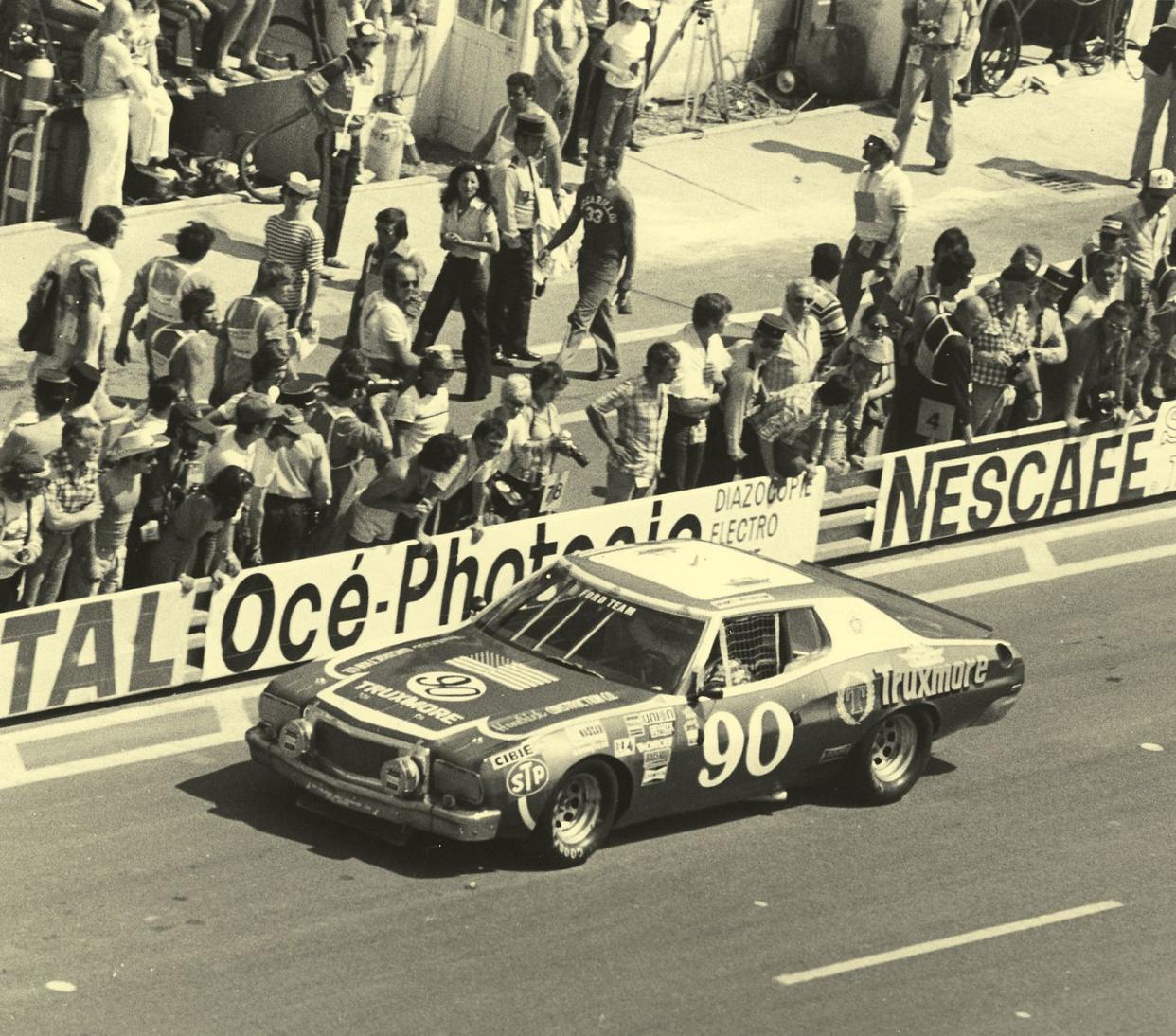
Third in class at the Daytona 24 was veteran driver Hershel McGriff, whose racing career started in the early Fifties with the Mexican Carrera Panamericana and continued into the 21st century (he last raced in 2018 at age 90) with regular wins in the NASCAR West series. McGriff’s long friendship with both Frances and his flexible schedule made him better able to head off to Europe than, say, Richard Petty or David Pearson.
To fill out their Americans-in-Paris cast, the Frances chose team owner Junie Donlavey, who packed up a small-block Ford Torino and sent it over with drivers Richard Brooks and Dick Hutcherson. Again, these were winning pilots. Brooks won the Talladega 500 in 1973, and Hutcherson, well, he was the No. 3 in Ford’s one-two-three finish at Le Mans back in 1966, so he was plenty qualified. French driver Marcel Mignot rounded out the Donlavey team.
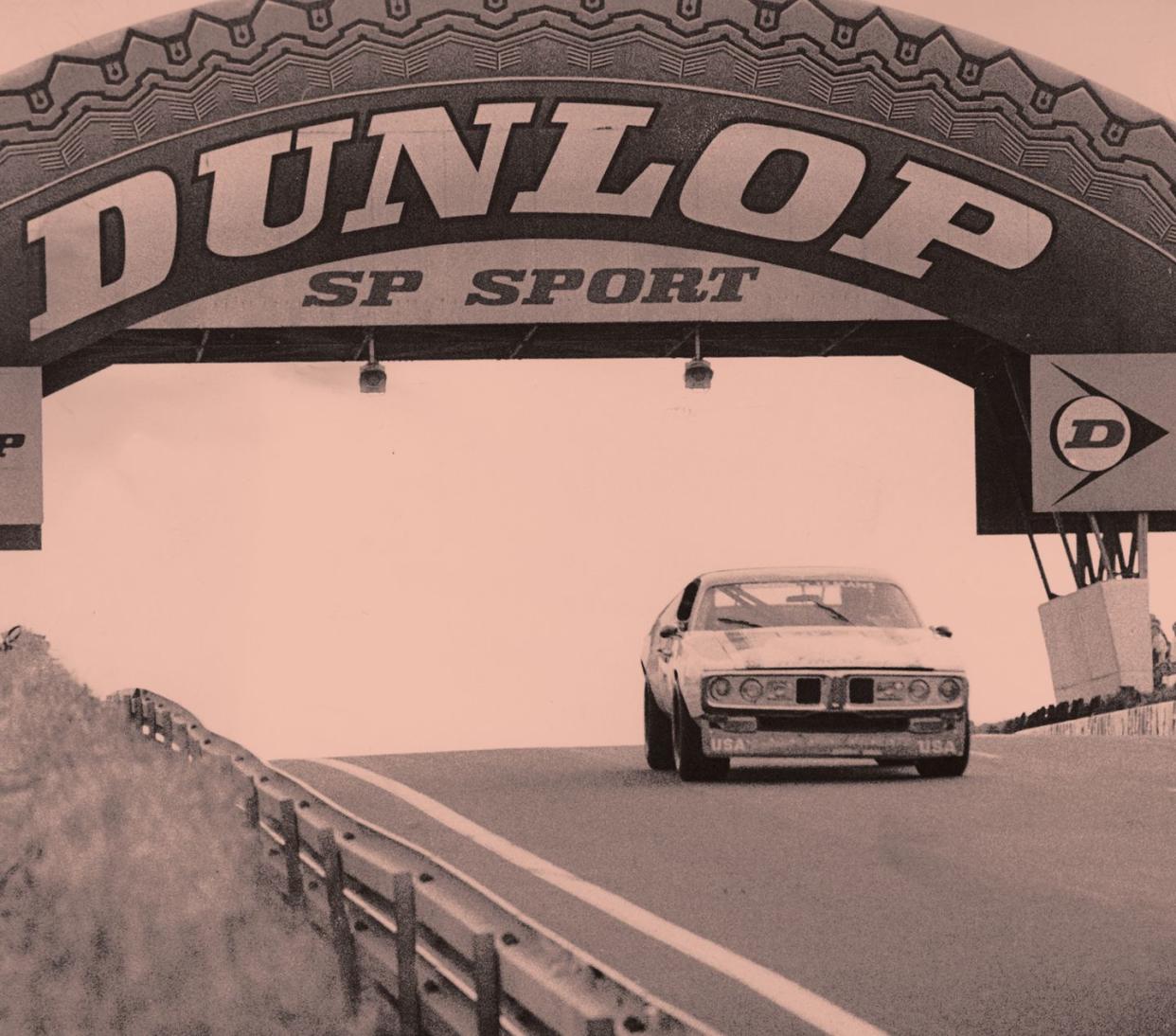
Where Are They Now?
While today they are legends, back in July 1976, the Oly Charger and Truxmore Torino were just old. Both were sold and likely followed the path of rust and destruction that most retired stock cars took to the junkyard. There are actively raced re-creations of both, and the Oly Charger replica owner, Christophe Schwartz, even managed to track down one of the Le Mans 426 Wedge engines. But the original cars are only memories.
The only tech rules placed on the stock cars were safety related—things unnecessary on a NASCAR track, like wipers and headlights. The Torino left for France with a 351 small-block under the hood, while McGriff’s team was more ambitious, filling the cavernous bay of a 1974 Charger with a hybrid, a 426-cid Wedge engine made by topping a Hemi block with 440 heads. Dick Pierson, who worked for McGriff, recalls loading up a gooseneck trailer with the Charger and five shipping containers of parts—including 15 cases of beer listed on the manifest as “Lubricant”—and driving the rig from Oregon to the docks in Virginia. “It all went fine until the trailer broke in half,” Pierson recalls.
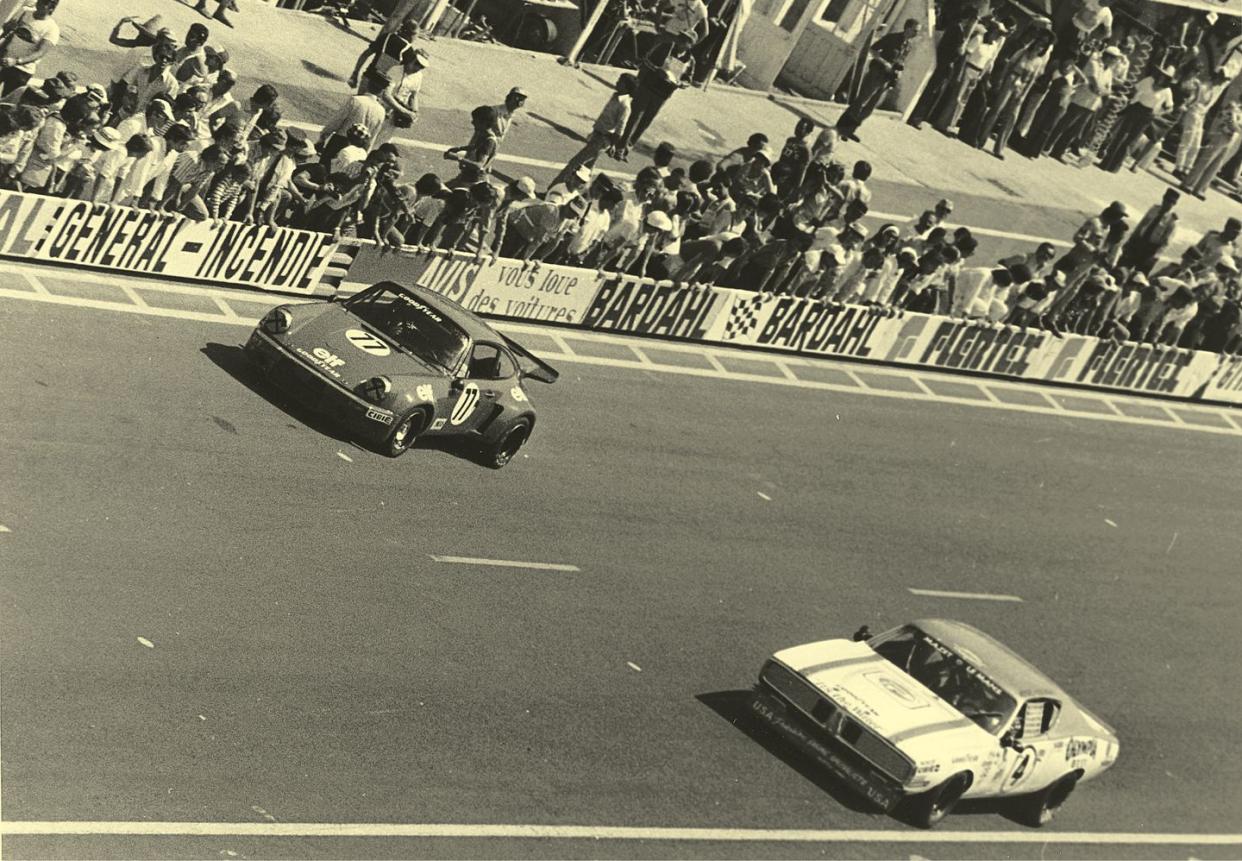
Once in France, both cars became instant crowd favorites. Dubbed “Les Deux Grands Monstres” by the press, the cars were front-page news. The teams were surrounded during the pre-race parade, and rumors still circulate about the rather unusual post-practice drives around town. (McGriff says they are apocryphal but adds, “Maybe the boys took it out while I was sleeping.”) They may have won the popularity contest, but the Americans weren’t so lucky in the actual race. Right away, the Charger’s big-block became the casualty of some bad math. McGriff knew the cars would have to run on pump gas, but the fact that octane measurements in Europe are different from in the States got lost in translation. His high-compression mill detonated itself just two laps into the race. The Ford small-block held up better, but its four-speed transmission failed in the 11th hour, 104 laps in.
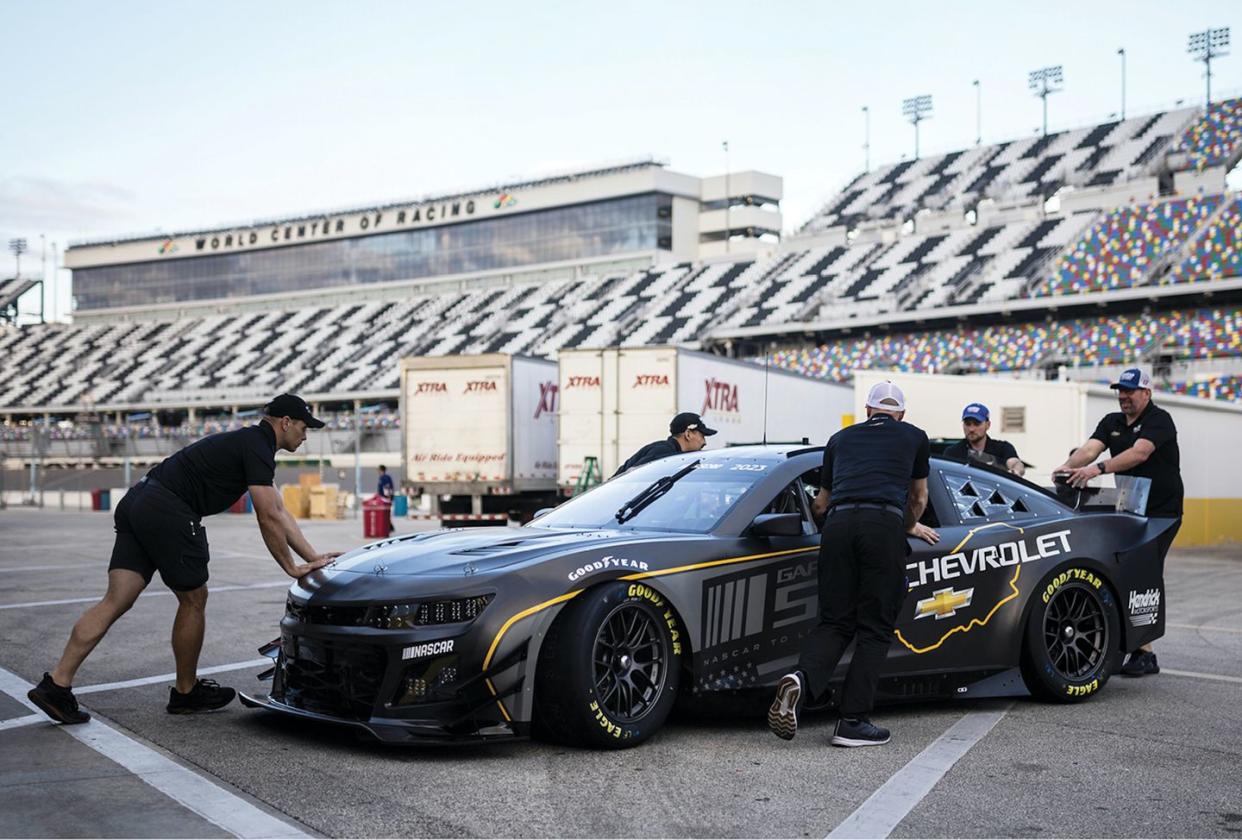
Even with less-than-stellar finishes, “the Two Big Monsters” are remembered at la Sarthe. Both McGriff and Brooks went back to Le Mans in 1982, racing together in an IMSA Camaro. NASCAR, however, has not been back—until now. Hendrick Motorsports announced its entry in this year’s 24 Hours of Le Mans with a Cup Series Camaro racing in the experimental Garage 56 class with F1 champ Jenson Button, Le Mans winner Mike Rockenfeller, and NASCAR legend Jimmie Johnson. If the goal is to complete more than two laps, they are likely to succeed. If it’s to be more memorable than the bicentennial attempt, they better go really big and be really loud.

You Might Also Like
